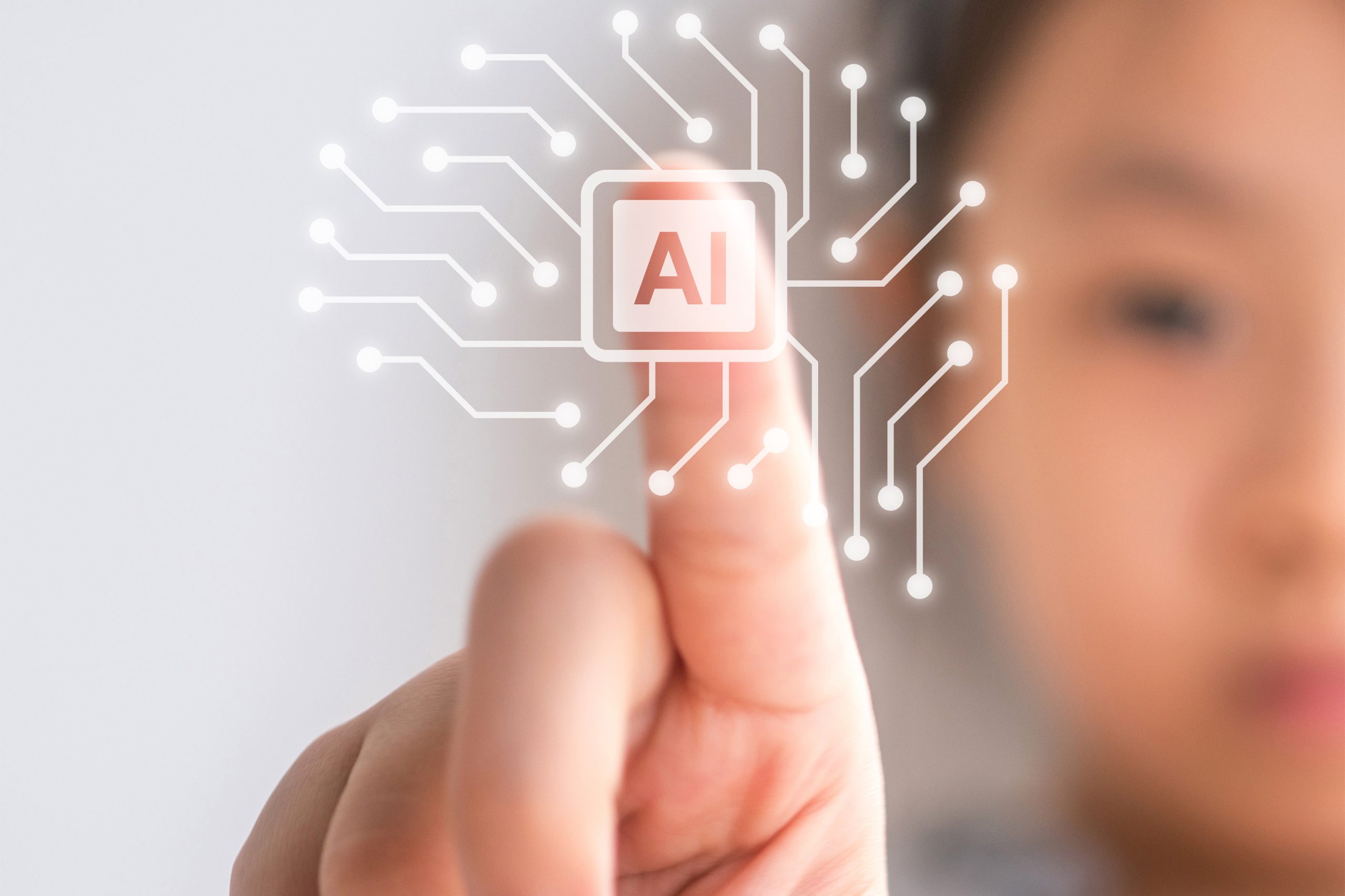Nearly all school superintendents (97 percent) agree schools have an obligation to teach students how to use artificial intelligence (AI) effectively and responsibly, yet only 37 percent have a plan for incorporating AI instruction in the classroom, according to the 2024 Voice of the Superintendent Survey by EAB, an education consulting firm.
The findings, released at the School Superintendent Association (AASA) National Conference on Education in February, highlight how challenges related to other pressing issues are impeding progress on integrating AI-education into the classroom.
“EAB’s report confirms that teacher shortages, behavioral disruptions, worsening student mental health, and other familiar challenges are so pervasive that exploring how new technologies such as AI can help doesn’t even make the ‘to-do’ list,” said Ben Court, senior director of K-12 Research.
Key findings
Those surveyed indicated that staffing issues remain their most pressing problem. Fifty-two percent of superintendents said the number of teacher vacancies has increased over the past 12 months — that same percentage said teacher staffing is “very urgent,” while 40 percent said it was “mild or moderately urgent.” Additionally, 66 percent said the number of vacancies for noninstructional staff has increased.
Work absences are also on the rise, further compounding the staffing shortage. Nearly half (48 percent) of superintendents reported an increase in missed workdays among instructional staff over the past year, while 55 percent said there had been an increase in missed workdays among noninstructional staff.
Additional findings include:
- Eighty-four percent report teachers in their districts are concerned about students using generative AI to cheat and take shortcuts
- Student absenteeism has not improved since the pandemic (64 percent), or has increased over the past year (42 percent)
- There has also been no improvement in disruptive behaviors (76 percent), while 57 percent said disruptive incidents have increased
- Seventy-six percent reported an increase in the number of students needing mental health support in the last year
- Following a couple years of increased turnover, 63 percent of superintendents said they plan to stay in their roles beyond the next two years — a 9 percent increase from the prior year’s survey
Despite the list of complex, systemic challenges facing districts continuing to grow, EAB provided recommendations to build capacity among local educational agencies to identify solutions and implement change; collaborate with other LEAs to solve problems together and accelerate progress for everyone by implementing best practices; and organizing an AI task force with goals of defining how AI can be used to make work more effective and/or efficient across LEAs and exploring how AI could support progress toward strategic goals.
In January, CSBA President Albert Gonzalez announced the creation of CSBA’s AI Taskforce: Education in the Age of Artificial Intelligence — a multidisciplinary team of technology experts, board of education members, educators, school administrators, researchers, academics and other school and community partners collaborating to provide guidance, promising practices, policies and legislative recommendations that address the challenges and opportunities posed by AI in schools and society.
“The taskforce will consider a multitude of issues related to AI and schools, including, but not limited to, how to positively integrate AI technology into the instructional setting; assessing the ethical, legal and privacy implications of AI usage in schools; identifying appropriate policies for the use of AI; as well as examining the potential risks of using it in schools,” Gonzalez wrote. “By harnessing the potential of AI technology in education, we aim to enhance learning outcomes and prepare our students for the demands of the future workforce, all while addressing ethical concerns and guarding against the potential for abuse of AI in public schools.”





